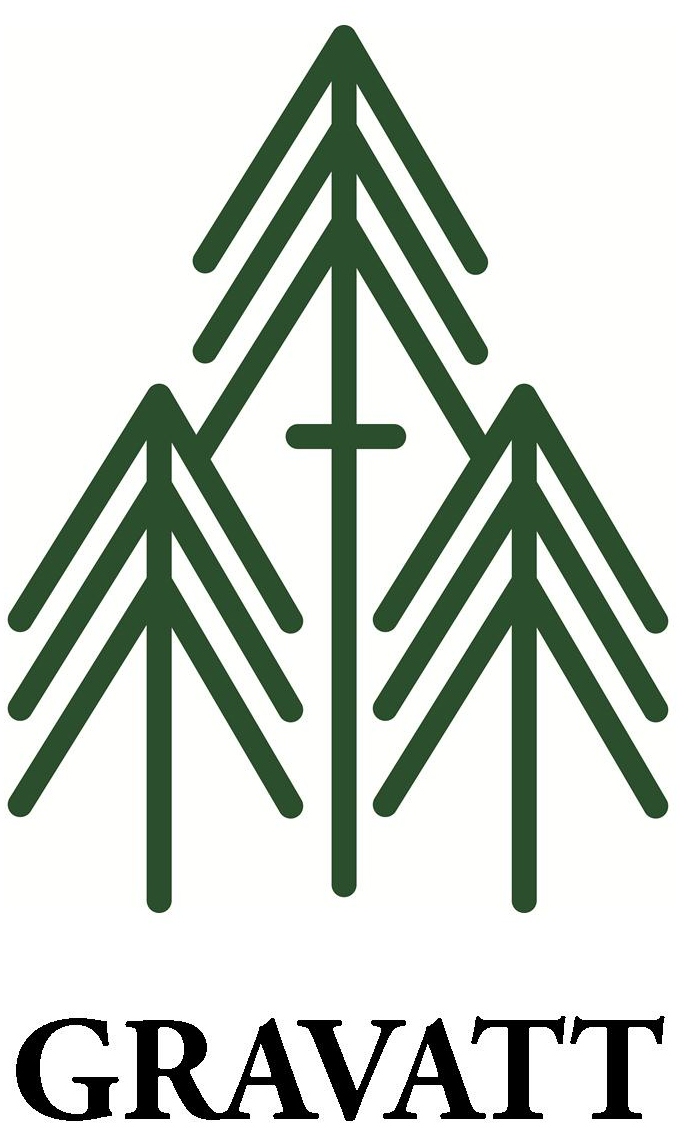The Wondrous World of the Wood Duck
/Welcome to the Sparkleberry Press! I wanted to start this blog because there are simply too many exciting and interesting things that happen at Gravatt that many of us might not be aware of. My hope is that these blog posts help illuminate the ecological wonderland that is Gravatt. Our first blog is about the yearly wood duck box cleaning.
Wood Ducks, or their scientific name Aix Sponsa, are a migratory waterfowl who call Gravatt home through much of the year. Wood Ducks are one of a few species of waterfowl that reproduce in South Carolina. The males, as you can see in the photo below, have very ornate and bright plumage: colors of green and a rich chestnut, while the females are grey-brown with a white speckled chest. The males grow these flashy feathers to attract mates during the breeding season which runs from late January to early summer. After mating the males will grow grey feathers with blue markings on their wings and white markings on their face and neck.
These ducks are no strangers to flying and navigating through the woods. Wood Ducks tend to thrive in wooded swamps, marshy areas, beaver ponds, and small lakes. They pair off in fall/ winter and will nest in cavities selected by the females, cavities such as decayed holes in trees or prebuilt duck boxes.
Here at Gravatt we partnered with the DNR several years ago to build wood duck nesting boxes. There are wood duck boxes scattered around our lakes and even a few hidden ones near some beaver ponds. Every year between February-March we clean out our duck boxes to create suitable living conditions for the ducks after they have reproduced.
It is essential to the health of the ducks to keep the duck boxes clean, after a year of use they can get contaminated with fecal matter, bugs, decaying eggshells, etc. and all of that can bring bacteria and disease. To clean our duck boxes we simply open the trap door on the side of the house and remove all the material inside the box and replace it with fresh clean wood shavings.
Above Graham is removing the old shavings to replace with the new shavings in the bucket behind him. Wood duck boxes should be over the water or near the water’s edge. We lower Lake Henry every winter for a variety of reasons but one being to make cleaning the wood duck boxes a bit easier.
The cleaning of the duck boxes is a great seasonal activity that helps to remind us of the impending spring time. With spring comes pollen, mosquitos, the heat, but also life, beauty, and wood ducks. As environmental stewards, it is a pleasure to prepare and make a space for these ducks to live. We get to call Gravatt our home and we are so happy to see that the Wood Ducks choose to call Gravatt home as well. Now that winter has ended and spring has thoroughly sprung, how are you preparing for the season?






